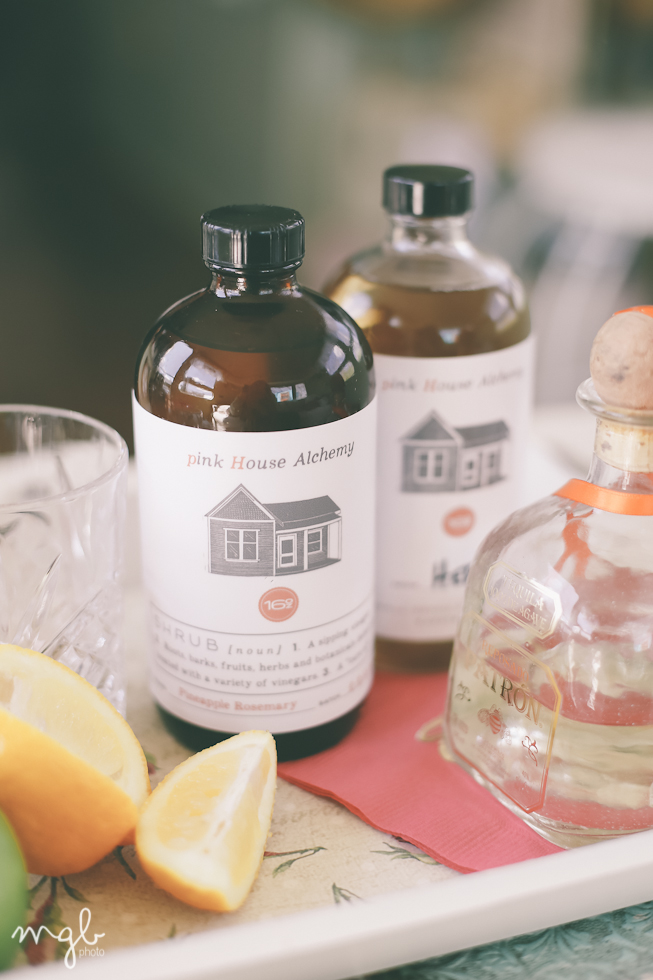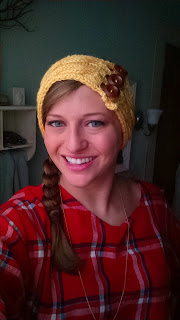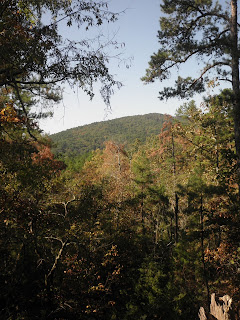As I spend my afternoons crossing my fingers (and toes) for a real, substantial cold front to roll through Louisiana, I've been dusting off my Dutch Oven and my roux spoon to craft the first great gumbo of the season. Now, look... we ALL know that someone's MawMaw or somebody's cousin RayRay creates the best gumbo EVER and that every other one is sacrilege. I've heard it, so I'm not even going to attempt to slay that Southern Dragon today. What we're here to talk about is mechanics. The literal nitty and the gritty of making different types of roux.
If you find yourself asking the question, "What the heck is a roux?" well, Sugar, you've found the right blog post. Roux is a fancy French term that is a mixture of fat and flour that is slowly cooked, then added to stews and sauces as a thickener and flavor enhancer. It's the life-blood of many a Southern or French dish, and it comes in many colors and consistencies that nearly correspond to preferences someone might overhear at your local Beauty Parlor. Things like thick, blonde roux... or chocolate-brown roux. The lighter the roux, the lighter the flavor.
What you'll need:
portioned for a 5-quart gumbo or stew
4 tbsp of your preferred clarified animal fat.
This is something like bacon fat, duck fat, or clarified butter. Duck fat is my choice, as it imparts great subtle flavor and has a high smoke-point. If you decide to go the route of butter, make ABSOLUTELY sure it is clarified butter, but even still, you're likely to still get a bit of scorching. If you detest the idea of animal fat altogether, I'd suggest a high smoke-point oil such as canola or peanut.
4-5 tbsp of all purpose flour (sifted)
This flour is what will actually be cooking in the fat, and you'll do yourself a favor if you get a finely ground style like White Lily or even Wondra. Be sure to pre-sift your flour to remove any clumps that may have appeared
Wooden flat-bottomed spoon, silicone spatula
What you need as your stirring implement is something with a large surface area in contact with your pot. If you are using an enamel pot, be sure to get an implement that will not scratch your enamel, as you'll be doing quite a bit of stirring.
ON STANDBY: have your diced vegetables that will be used for your stew, or if making a sauce, your liquid.
For gumbo, we often use diced celery, onion, and green bell pepper. If making a roux for another French dish, you may have onion, celery, and carrot. For sauces, you might have beef broth, chicken broth, or possibly cream for a blond roux. Have this within arm's reach once you start cooking this roux.
Method:
Last warning! Once you start cooking your roux, you will NOT stop stirring, so stretch those triceps and get ready to work!
Turn the heat on your pot on medium. Nothing hot, nothing too low. Add your fat, and make sure it's completely dissolved before adding the flour. Add your flour, making absolutely sure to stir and incorporate all the flour into the fat. You want your flour/fat mixture (now, officially a baby-Roux) to be the texture of quicksand. For those unfamiliar, you want almost like a thin paste here. Think wood glue, maybe just a tad thicker. As the mixture warms, your roux will begin to slowly bubble.
Now start stirring that bad-boy.
As your mixture cooks, it will slowly go from light tan to darker brown. I like to stir in a zig-zag pattern and around the edge of the pot to make sure I move all of the mixture around to the hottest and coolest places on the pot. Work that wrist!
For lighter sauces and stews, you might stop when the roux approaches the color shown in the above picture. It's just enough to cook the raw flour taste out of the roux and to incorporate some of the fat. If you're going for a rich dark gumbo, you want the roux to go all the way to milk-chocolate brown color.
BEWARE-- once roux starts to head into the brown color-wheel, your time is of the essence. It will seem like FOREVER before the roux starts to assume any color, and when it takes off, let me tell you, it takes off and can burn quicker than a New Orleans minute.
The above picture is more caramel than chocolate brown, but that's only because you have exactly half a second at the right color to stop the cooking! (Yes, that is a chip in my enamel...)
STOP!!! (or how to stop a cooking roux at the right color)
When you're just about done reaching your desired color, remember that handy bowl of diced vegetables we have stashed nearby, or even that liquid for your sauce. If using the vegetables, dump those bad boys straight in your roux and STIR STIR STIR to coat them! The roux will help cook your vegetables and stop the roux cooking all at once (and you can't forget how delicious it smells).
If making a sauce, slowly add your liquid. Keep in mind, the mixture will boil violently at first, and then dissipate. Make sure you're careful not to let it boil over! Beware when adding cream. It can scorch if you're not careful, so lower the temperature a few notches.
If you want to reserve your roux for later (unincorporated in another stew or sauce), you're going to have to practice at stopping right before your preferred color is reached, taking the pot off the burner completely, or dunking your pot in an ice bath. I just prefer to make a roux as part of my preparation for a meal instead! Prepared roux can be refrigerated for up to one month.































.png/800px-Louisiana_-_Poverty_Point_-_Karte_(English_version).png)








